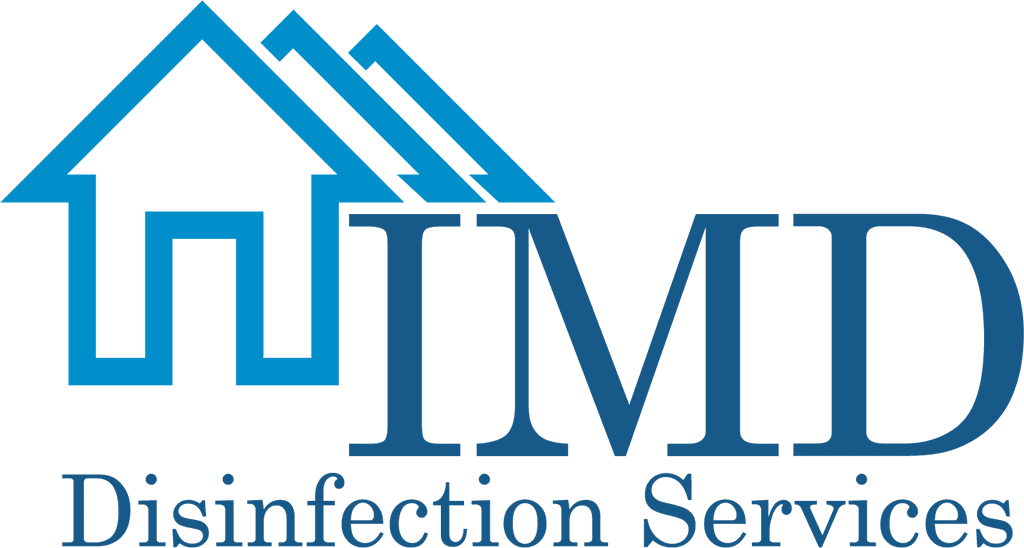
Disadvantages of UV light disinfection
Disadvantages of UV light disinfection
Ultraviolet (UV) rays are a radioactive component of sunlight. Studies have shown that UV light can kill airborne COVID-19 particles and help disinfect surfaces. For this reason, some hospitals, public transit, and other public locations are using UV light to help disinfect areas when they are not occupied by people. Other UV systems use air circulation to force the air through a UV light. While helpful for cleaning, UV light has not been shown to prevent COVID-19 infection in humans or to kill the virus in infected patients. Furthermore, UV light damages human tissue and can cause cancer.
The two main disadvantages are the fact that aside from being a known carcinogen, UV systems require continuous movement of air, which keeps the pathogens airborne longer. Airborne particles being cycled through these modified HVAC systems follow the airflow. Ask yourself; “who wants to sit by the intake and outflow vents sucking in/out all those particles before they get to the UV light portion of the closed system?”. Furthermore, commercial UV HVAC systems are extremely expensive. A private school in Greenwich CT recently installed 2 of these systems in the cafeteria (ceiling located system). Each unit costs 250,000USD before installation and maintenance and the children are only marginally safer.
